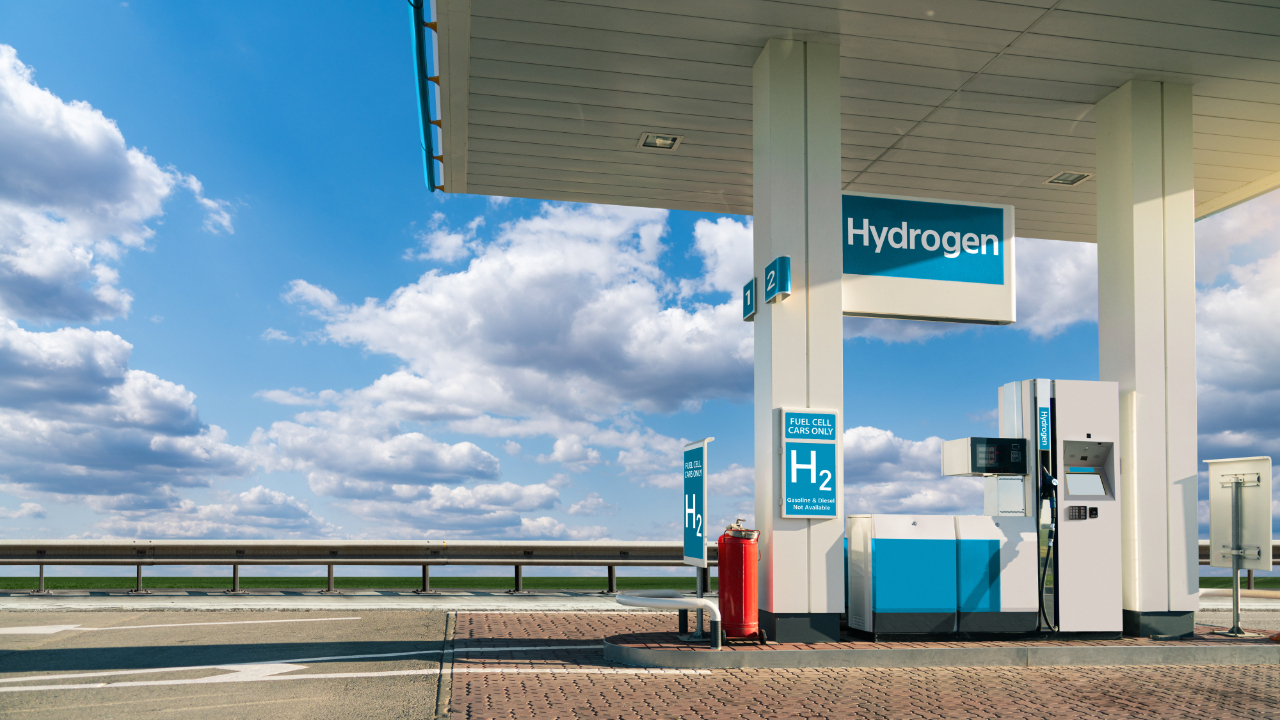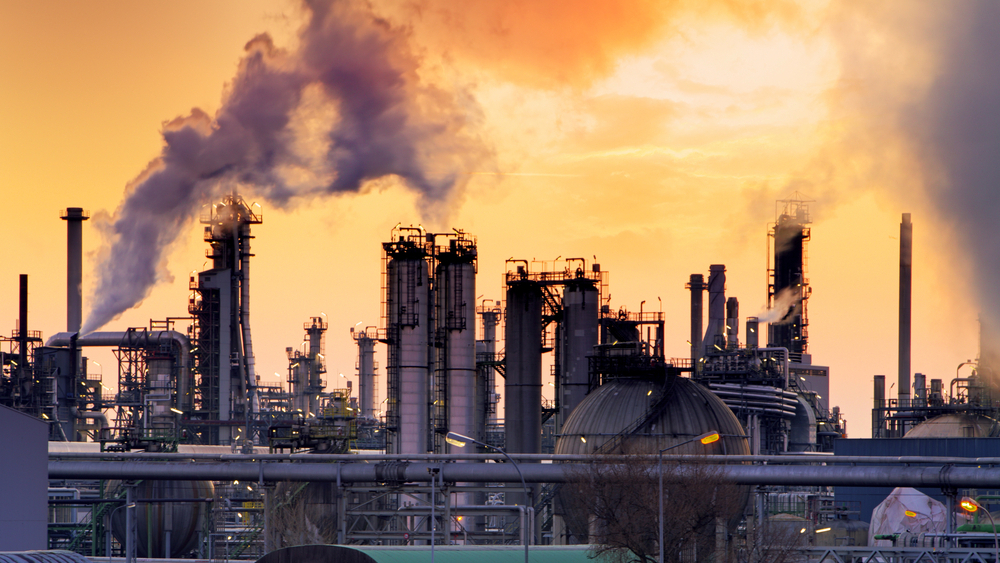
Maersk and Spanish government to ramp up green fuel production
Large-scale production of green fuels could help global shipping industry meet decarbonisation goals.
Danish shipping company AP Moller-Maersk and the Spanish government are to explore the large-scale production of green fuels in Spain, in a collaboration that could deliver up to two million tonnes of green fuels per year.
The two parties have signed a General Protocol for Collaboration and are reviewing production opportunities in the Andalusia and Galicia regions of Spain.
The aim of the project is to find out how feasible it is to produce green energy and fuels in sufficient quantities and at cost-competitive price levels across the full value chain. This in turn could help the shipping industry meet its decarbonisation targets.
Soren Skou, CEO of AP Moller-Maersk, said there was a need to “rapidly accelerate the availability of green future fuels”, given the climate emergency.
Maersk requires approximately six million tonnes of green methanol per year to reach its 2030 milestone fleet emissions target, increasing thereafter for its fleet to reach net zero by 2040.
The company intends to put into operation 19 vessels capable of running on green methanol between 2023 and 2025, which will require approximately 750,000 tonnes of green methanol.
“Operating a large fleet of container vessels, we are part of the climate problem, and we have made the choice to take an active part in shaping the solutions to secure a green and just transition, enabling the global shipping industry to deliver on the Paris Agreement and Maersk to achieve its 2040 net-zero target,” said Henriette Hallberg, CEO of fleet and strategic brands at AP Moller-Maersk.
“To achieve our goals, we need to collaborate with partners who are actively looking at green solutions for the future.”
Operating a large fleet of container vessels, we are part of the climate problem, and we have made the choice to take an active part in shaping the solutions to secure a green and just transition.
Green hydrogen ‘roadmap’
The green fuel project has the potential to generate up to an estimated 85,000 Spanish jobs in construction, as well as temporary positions.
Pedro Sánchez, president of the government of Spain, said: “This project is perfectly aligned with
Spain’s strategy of reindustrialisation, just transition and the green hydrogen roadmap, advancing in the fulfilment of the common commitment of decarbonisation of the European Union.”
He added it will also serve to strengthen economic, political and commercial ties with Denmark.
In October this year, a consortium led by zero-emission solutions provider Unitrove won funding from the UK government to explore the development of a zero-emission multi-fuel station (ZEMFS) that would power hydrogen and electric ships.
The design concept is intended to be operational by March 2025, and will use liquid hydrogen as the basis for offering three fuelling options to power small craft, including liquid hydrogen, compressed gaseous hydrogen and electric charging.
At the time, Steven Lua, CEO of Unitrove, said: “The maritime industry is responsible for a significant proportion of pollutants associated with climate change and reduced air quality, and a zero-emission multi-fuel station that can power boats running either hydrogen or electricity is expected to play a significant part in reducing these emissions.”
There has been some extensive research into the use of hydrogen – specifically “green hydrogen” – as a fuel alternative. In its Hydrogen Economy Outlook published in March 2020, BloombergNEF describes hydrogen as “a clean-burning molecule that could become a zero-carbon substitute for fossil fuels in hard-to-abate sectors of the economy”.
Its analysis found that if manufacturing can be scaled, bringing down costs, renewable hydrogen could be produced for $0.7 to $1.6/kg in most parts of the world before 2050, in line with natural gas prices in Brazil, China and India currently.
The
World Bank Group
has begun working with developing countries to accelerate green hydrogen
projects, from pilot stage to industrial scale and, in many Latin American
countries, it is taking steps to help to establish green hydrogen as a fuel.



